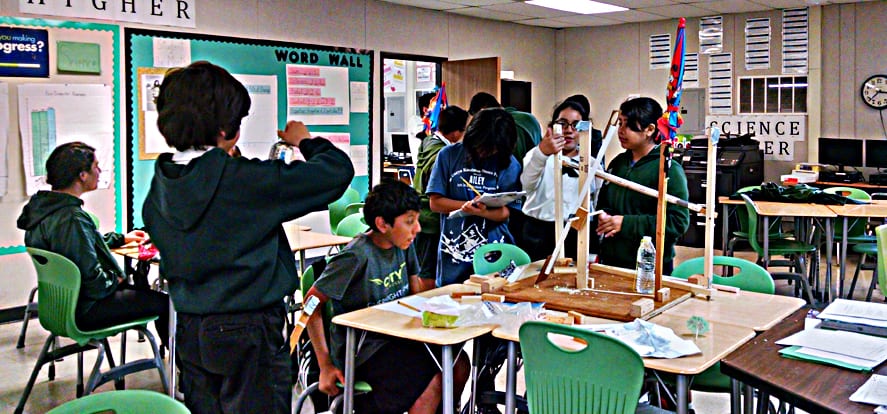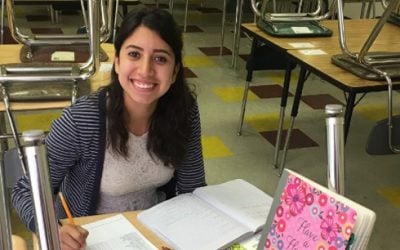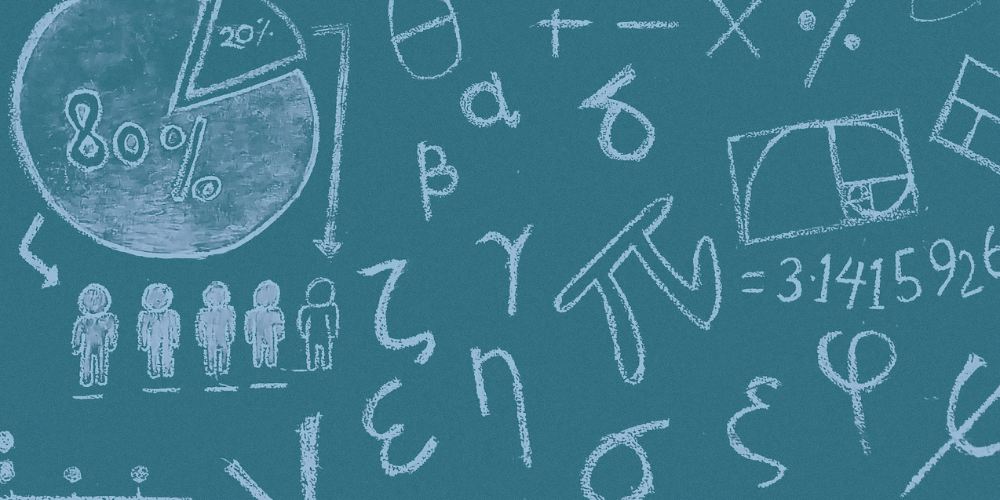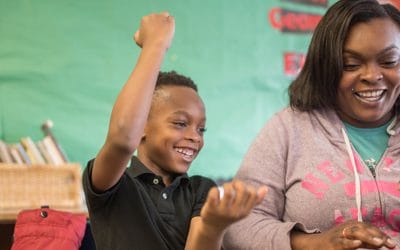Greater Los Angeles | Meet Mrs. Gibb
For students to self-actualize, reach their maximum potential, and prepare for 21st-century life, schools must provide an academic environment that enables constructive and creative learning opportunities.
Giving students the opportunity to tinker around and create things provides them with a wealth of cognitive challenges and expanded engagements across various branches of knowledge including STEM (science, technology, engineering, and math), literacy, and the arts (Vossoughi, Escudé, Kong & Hooper, 2013). In underserved communities, these creative opportunities to learn are few and widely scattered, limiting students’ access to high-quality learning experiences.
Equitable access means that every student in any classroom in America should have the same opportunities to learn as any other student. One of our partner schools in Los Angeles, ICEF Vista Middle School serves a student population that is 70% African-American and 28% Latino. Almost 90% of ICEF students are eligible for the federal Free and Reduced Priced Meals Program (FRPMP), a nationally recognized measure of economic poverty.
 At ICEF, students have the special privilege of being taught by a teacher who goes above and beyond to ensure that her students have authentic learning experiences: I invite you to meet Mrs. Gibb.
At ICEF, students have the special privilege of being taught by a teacher who goes above and beyond to ensure that her students have authentic learning experiences: I invite you to meet Mrs. Gibb.
Mrs. Gibb, a seventh-grade math and science teacher, gives her students many access points to a high-quality education. One distinct example is when she challenged her students to tinker and make an apparatus containing lots of simple machines.
In this case, Mrs. Gibb used the Rube Goldberg contest as her guide. Rube Goldberg is an organization that promotes the creation elaborate projects where one machine is manually put into action, which causes the next to start, and the next, and so on; a domino effect of machines, which eventually does something in the end. In this instance, the something at the end was a machine that could pour cereal into a bowl (learn more about this cereal machine project).
I witnessed 30 to 40 students ecstatically engaged in creating their crazy contraption, which accomplished a simple task (i.e. to pour cereal) in the funniest and most challenging way possible. I saw collaboration, critical thinking, communication, and creativity. But, most importantly I saw joy, happiness, and love—love of learning and love of each other.
To bring these complicated, labor-intensive, and time-consuming projects to life for her students, Mrs. Gibb calls on her own personal village. I have met both of her parents on-site and after school, putting in countless, invaluable hours supporting kids in completing their projects. I know for a fact that Mrs. Gibb’s students’ lives will be forever changed by these experiences.
A comprehensive learning experience includes not only teaching students
abstract concepts out of a textbook but also providing hands-on learning experiences that allow students to apply the knowledge they are learning in textbooks to real-world situations. Those experiences allow students to learn from their own encounters with problems through active, constructive processes. Thanks to Mrs. Gibb, students who historically would not have rich learning experiences are accessing them today and will ultimately use these experiences to access the opportunities of tomorrow.


